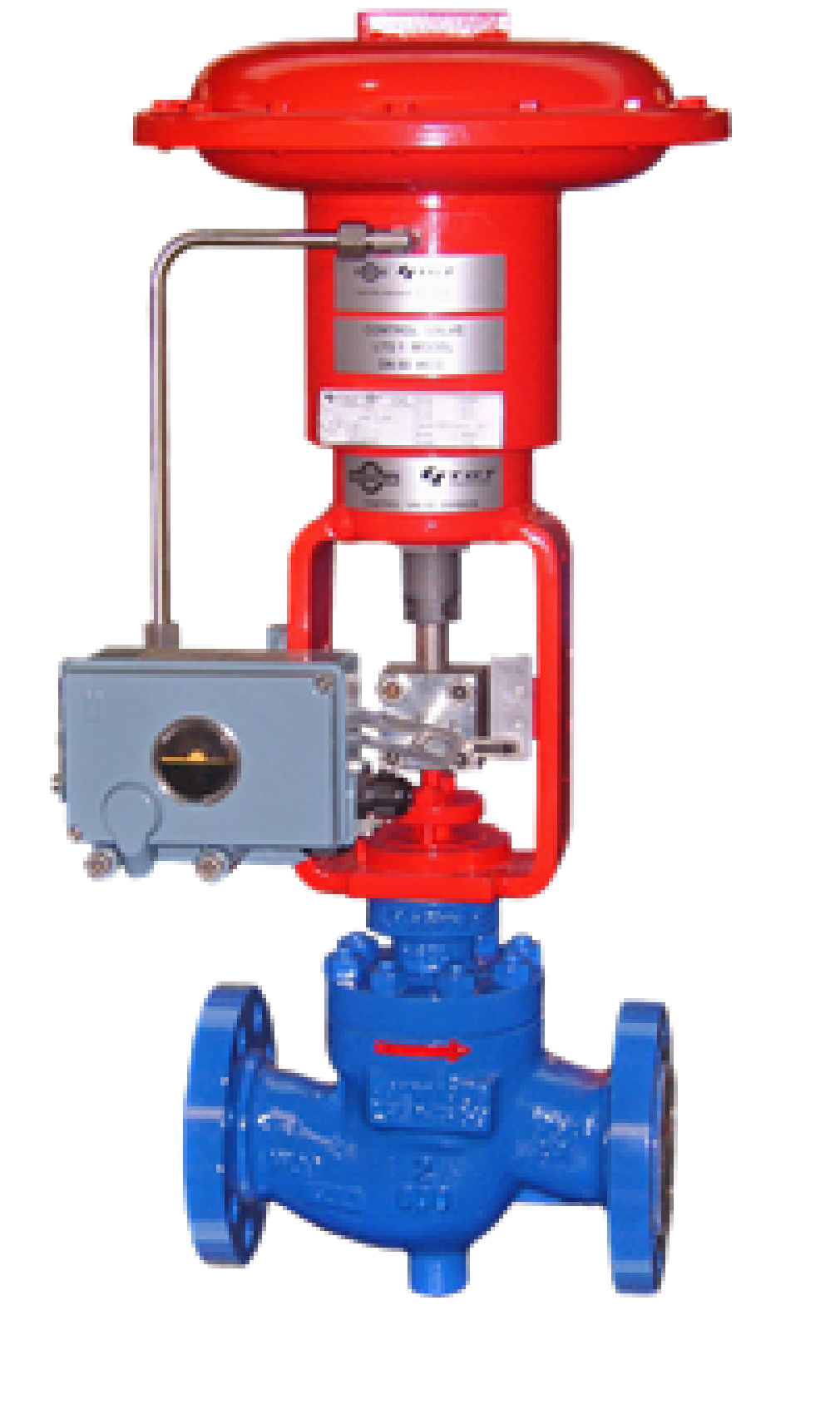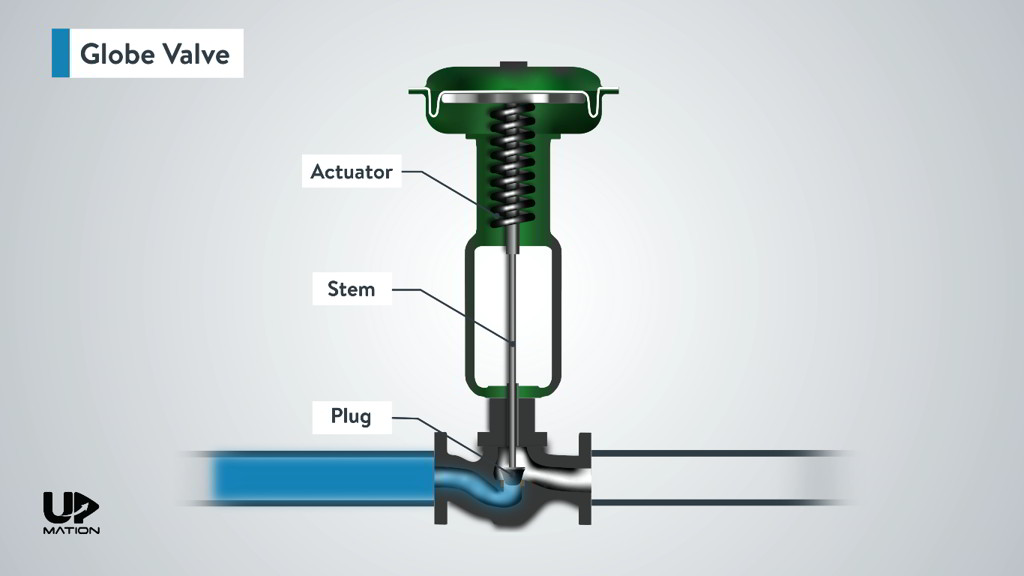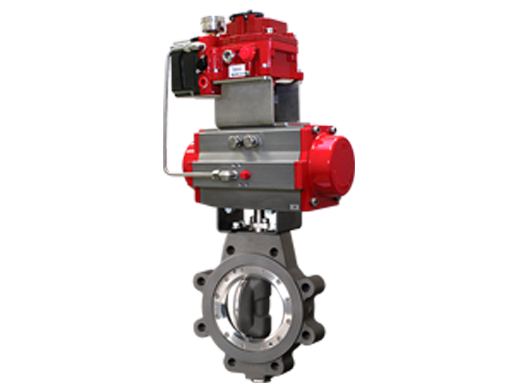The Duty of Control Valves in Fluid Circulation Administration Systems
The Duty of Control Valves in Fluid Circulation Administration Systems
Blog Article

Maximize Power Cost Savings and Convenience With Advanced Structure Automation Controls
In the realm of modern-day design and facility monitoring, the assimilation of sophisticated building automation manages stands as an essential innovation. By using the power of automation, buildings can adjust, respond, and develop in methods that were as soon as unthinkable.
Energy Performance Conveniences
Energy performance advantages can significantly reduce energy usage and operational costs in structures. By executing energy-efficient practices and technologies, building owners and operators can accomplish considerable financial savings while likewise adding to ecological sustainability. Among the main benefits of improving energy performance in structures is the decrease of energy costs. Energy-efficient systems, such as sophisticated structure automation controls, can maximize making use of resources like air conditioning, home heating, and illumination, bring about reduced power expenditures over time.
Additionally, enhanced power performance can extend the life-span of structure devices and systems. By operating much more effectively, HVAC systems, lighting fixtures, and other building components experience much less damage, resulting in decreased upkeep and substitute costs. In addition, energy-efficient buildings commonly regulate higher property worths and rental rates, supplying long-term monetary advantages to owners.
Moreover, energy effectiveness can enhance owner comfort and efficiency. Effectively regulated interior settings with optimal lights and thermal conditions develop a more enjoyable and helpful office, bring about enhanced staff member complete satisfaction and efficiency. In general, the energy performance advantages connected with advanced building automation controls are multifaceted, including cost financial savings, environmental stewardship, and passenger wellness.
Enhanced Convenience Control
Enhancing convenience control in structure environments calls for an innovative assimilation of advanced automation systems for ideal owner wellness. By using advanced structure automation controls, facilities can tailor the interior setting to meet the specific demands and choices of owners. control valves.
By integrating these advanced controls, structures can not only enhance comfort yet likewise enhance power performance by maximizing system operations based on actual tenancy and usage patterns. Eventually, focusing on resident convenience through sophisticated automation systems leads to an extra enjoyable and much healthier interior setting.
Functional Effectiveness Improvements

Moreover, the implementation of real-time tracking and analytics devices enables structure operators to identify power ineffectiveness and operational abnormalities without delay. By continuously keeping track of energy usage patterns and system performance metrics, modifications can be made in real-time to maximize power intake and make certain peak functional effectiveness. control valves. In addition, including demand response methods into structure automation controls can additionally improve operational efficiency by dynamically readjusting energy use based upon grid conditions and pricing signals
Indoor Climate Optimization
Efficient indoor environment optimization is a fundamental facet of building automation controls, making certain owners' convenience and health while maximizing power financial savings. By making use of sophisticated sensing units and controls, developing visit site automation systems can continuously readjust and monitor temperature level, moisture levels, air high quality, and ventilation to produce an optimal interior atmosphere. Keeping comfy and consistent problems not only enhances owner contentment yet additionally improves performance and general well-being.
Interior climate optimization likewise plays a vital function in energy effectiveness. By fine-tuning home heating, ventilation, and cooling systems based upon real-time data and tenancy patterns, developing automation controls can significantly reduce power intake - control valves. Applying approaches such as demand-controlled air flow and thermal zoning can assist lessen power waste while guaranteeing that each location of the building gets the needed conditioning.

Lasting Environment Creation
Structure automation controls not only enhance interior environment problems for energy effectiveness and owner comfort however likewise lay the structure for producing a sustainable atmosphere via strategic administration of resources and systems. By integrating sophisticated building automation technologies, such as sensing units, actuators, and smart software application, centers can check and adjust energy use in real-time to lessen waste and lower their carbon impact. These systems enable predictive maintenance, determining potential concerns before they intensify and enhancing equipment performance to enhance longevity and effectiveness.
Additionally, lasting setting production expands beyond energy management to encompass water preservation, waste decrease, and indoor air top quality renovation. Building automation controls can manage water use, detect leakages, and guarantee proper garbage disposal practices, adding to general sustainability initiatives. Furthermore, by managing and checking ventilation and filtration systems, these modern technologies improve resident health and efficiency while reducing power usage connected with heating and cooling procedures.
Verdict
In final thought, advanced structure automation manages deal significant advantages in terms of energy cost savings, convenience control, functional performance, interior environment optimization, and creating see here now a lasting setting. By carrying out these controls, structures can achieve optimal performance while lowering power consumption and boosting resident comfort. It appears that making use of advanced automation modern technology is essential in improving building efficiency and producing a much more lasting future.
Energy effectiveness advantages can dramatically reduce official website energy usage and functional expenses in buildings. In general, the energy performance advantages connected with advanced building automation controls are complex, incorporating cost savings, ecological stewardship, and passenger health.
Furthermore, including demand response strategies right into structure automation controls can additionally boost functional effectiveness by dynamically changing energy usage based on grid conditions and rates signals.
Structure automation manages not only maximize interior environment problems for energy performance and passenger comfort yet likewise lay the structure for developing a lasting setting with calculated management of resources and systems.In final thought, progressed building automation controls deal significant advantages in terms of power savings, convenience control, functional effectiveness, indoor climate optimization, and creating a sustainable environment.
Report this page